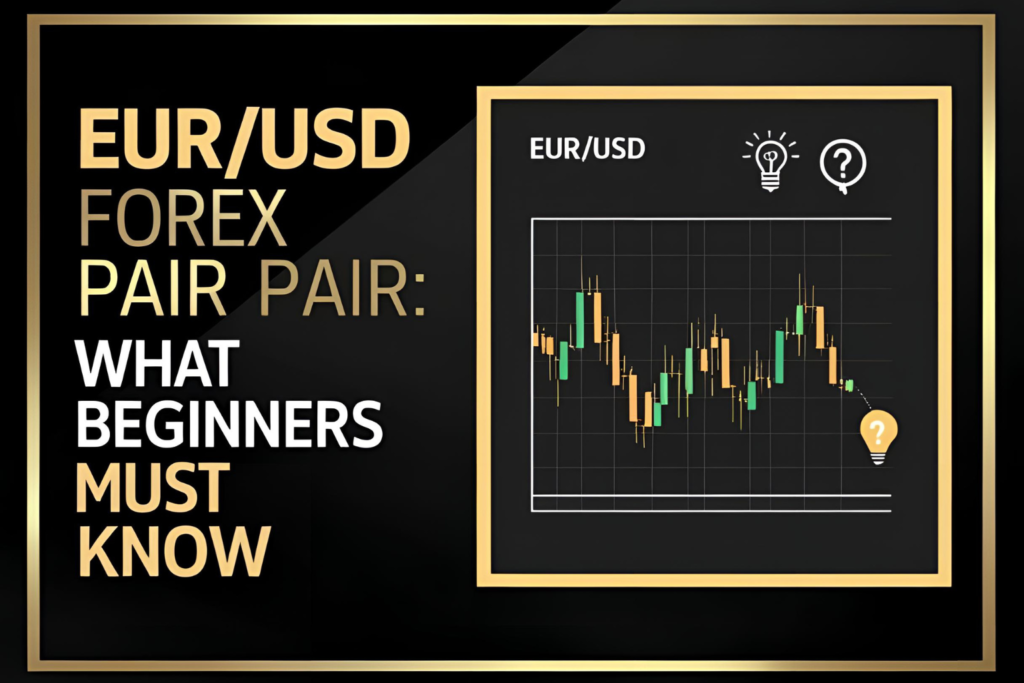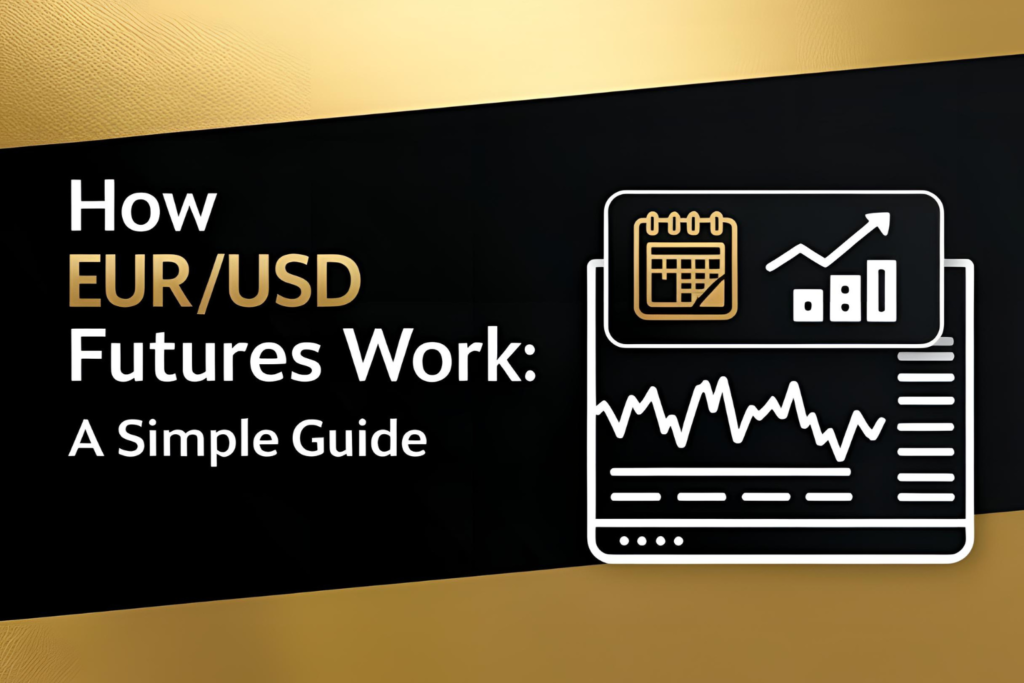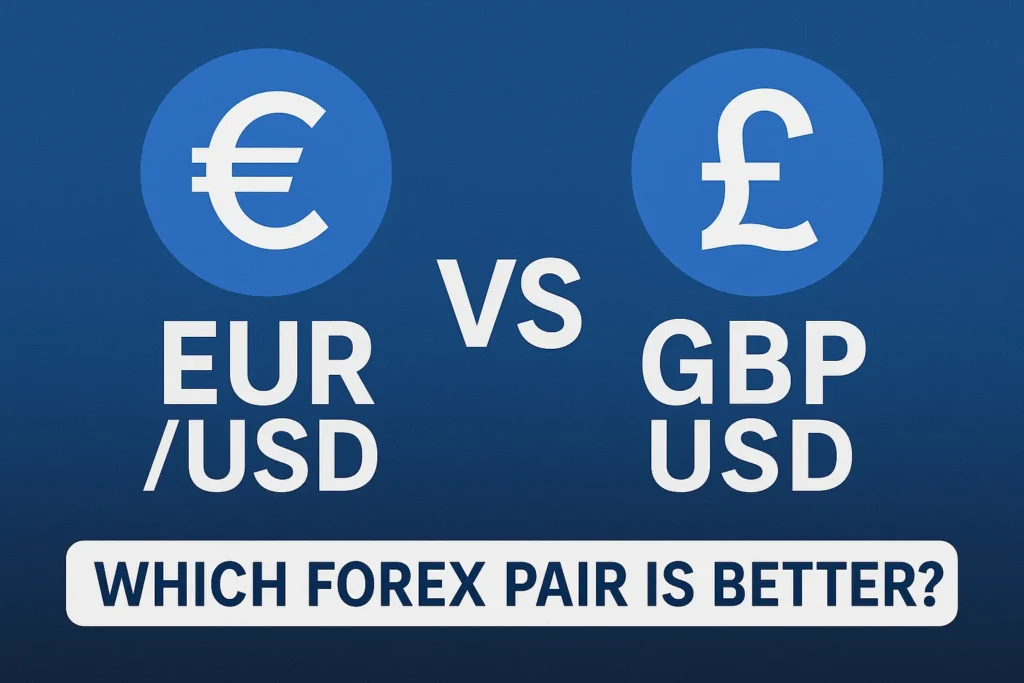If you’re just starting out in forex trading, analyzing the EUR/USD pair may feel overwhelming. However, with the right approach and basic tools, you can build a strong foundation and start making more informed decisions.
This guide breaks down how to perform EUR/USD analysis for beginners using simple methods that anyone can learn.
Why Focus on EUR/USD as a Beginner?
- Most traded currency pair globally
- High liquidity and low spreads
- Predictable responses to economic events
- Easier to understand and access news/data
The EUR/USD pair is ideal for building your forex skills before expanding to other markets.
Step-by-Step EUR/USD Analysis for Beginners
1. Start with the Daily Chart
Begin by checking the overall direction (trend) of the pair on the daily timeframe.
Ask yourself:
- Is price moving upward, downward, or sideways?
- Are there clear higher highs and higher lows (uptrend)?
- Or lower highs and lower lows (downtrend)?
2. Mark Key Levels
Identify areas where price has reversed or stalled in the past. These are known as support and resistance levels.
Support = price level where buyers tend to step in
Resistance = price level where sellers often appear
Use horizontal lines to mark these zones.
3. Use One or Two Indicators
Avoid overloading your chart. Stick to simple tools like:
- Moving Average (e.g., 50-period EMA): Shows the trend
- RSI (Relative Strength Index): Helps spot overbought or oversold zones
4. Look for Confirmation Candles
Once price reaches a key level, look for signals such as:
- Bullish or bearish engulfing patterns
- Pin bars with long wicks
- Inside bars before a breakout
These patterns give clues about upcoming price direction.
5. Check the Economic Calendar
Major news from the Eurozone or the U.S. can affect EUR/USD quickly. Use websites like Forex Factory or Investing.com to:
- Track interest rate decisions, inflation, and employment data
- Avoid trading during high-volatility announcements unless you’re experienced
Simple Example Setup
Let’s say the EUR/USD is in an uptrend. Price pulls back to the 50 EMA near a previous support zone. You see a bullish engulfing candle.
- Entry: Above the engulfing candle high
- Stop-loss: Below the recent low
- Target: Next resistance zone or 1:2 risk-reward
This is a classic beginner-friendly setup that combines trend, support, and candlestick confirmation.
Frequently Asked Questions (FAQs)
1. What is the easiest way to start analyzing EUR/USD?
Use a daily chart, mark support/resistance zones, and combine with one indicator like RSI or moving average.
2. Should I learn technical or fundamental analysis first?
Start with technical analysis—it’s visual and easier for beginners. You can add fundamentals as you progress.
3. Do I need paid tools for EUR/USD analysis?
No. Free platforms like TradingView, MetaTrader, and Investing.com offer everything you need.
4. How often should I check the EUR/USD chart?
Once or twice a day is enough for swing trading. Intraday traders may check it more often.
5. What’s the biggest mistake beginners make with EUR/USD?
Overtrading and ignoring risk management. Focus on quality setups and use stop-losses every time.


